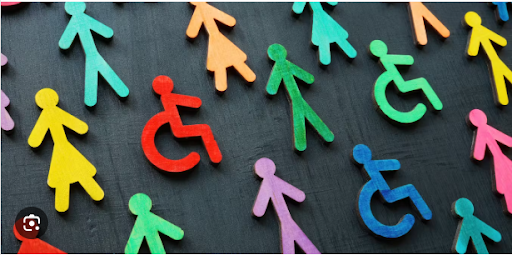
Revisiting Diversity, Equity, and Inclusion
Revisiting Diversity, Equity, and Inclusion [DEI] with the same core values but a fresh perspective means shifting the way we talk about, experience, and apply these principles. The essence of DEI remains the same, but the story, approach, and language used to frame it evolve to better connect with different audiences and address current cultural contexts.
Here’s how we can embrace this shift:
Focus on Shared Humanity:
Instead of focusing solely on the differences between groups or the struggles faced by marginalized communities, we can focus on shared human values—things like fairness, empathy, and dignity. By framing DEI as a universal human aspiration, it becomes easier to understand across the socio-economic spectrum—especially when comparing working citizens with those who have greater wealth, regardless of how that wealth was acquired, whether it’s old, family money or newly acquired.
Strengthening Community Narratives:
Rather than focusing just on the challenges individuals or groups face due to inequity, we can highlight how communities grow and thrive together. Reframe DEI as a collective responsibility, where everyone’s success is intertwined with others, fostering stronger, more resilient communities.
Celebrating Diversity as Strength:
As an alternative to framing diversity solely as a tool for addressing harm or injustice (although it is that), we can shift the focus to how diversity fuels innovation, creativity, and problem-solving. By highlighting the positive outcomes of diverse perspectives, we turn the conversation toward progress and future growth.
Adopting an Intersectional Approach:
While intersectionality is already a part of DEI, redescribe the principals to emphasize how people’s varied experiences, identities, and challenges overlap and shape unique, valuable perspectives. Think of it like a Venn diagram—where the intersections of different experiences and identities lead to innovation and adaptability.
Data-Driven Impact:
Instead of relying solely on valid moral or social justice arguments— which frighten and horrify those in power,— DEI can be presented from a data-driven angle. Although the fright and horror of those with a view that opposes DEI should not be the problem of those who embrace DEI principles, however, as we can see, it is a huge problem. Diverse, inclusive, and equitable environments lead to measurable benefits for society and business. This helps drive the conversation positively forward and is especially true for those motivated by results and performance vs. fear, untruths, suppression of truth, and vengeful retaliation.
Re-framing DEI as a Leadership Opportunity:
As an alternative to seeing DEI only as something to comply with or a way to address injustice, it can be reframed as a thought-leadership challenge or opportunity. Position leaders as stewards of inclusivity who guide citizens to thrive in diverse environments and set examples for cultural competency. Because, after all, the United States was designed (whether by intention or not) as a diverse nation. Leadership in the existing diversity is essential to success.
Engaging Personal Responsibility:
Shift the narrative from DEI being something organizations and government “do” for their employees to something every individual actively engages in. Make the focus on how everyone has a role in advancing DEI, empowering individuals to take ownership of their actions and contributions.
Cultural Evolution: Broaden the conversation to frame DEI as part of a larger cultural shift—an ongoing movement toward a more connected and compassionate world. Instead of seeing DEI as a set of rules or initiatives, view it as a dynamic process that evolves over time.
In essence, the underlying ideology of DEI—fairness, respect, and equal opportunity—remains intact, but the narrative shifts to offer new lenses of understanding, different ways of communicating the need for change, and more ways of connecting with audiences. By adapting the narrative, WE can increase buy-in and drive long-lasting change.

If you are interested in digital content strategy or copywriting HELP, Contact Keywanda Battle at:
